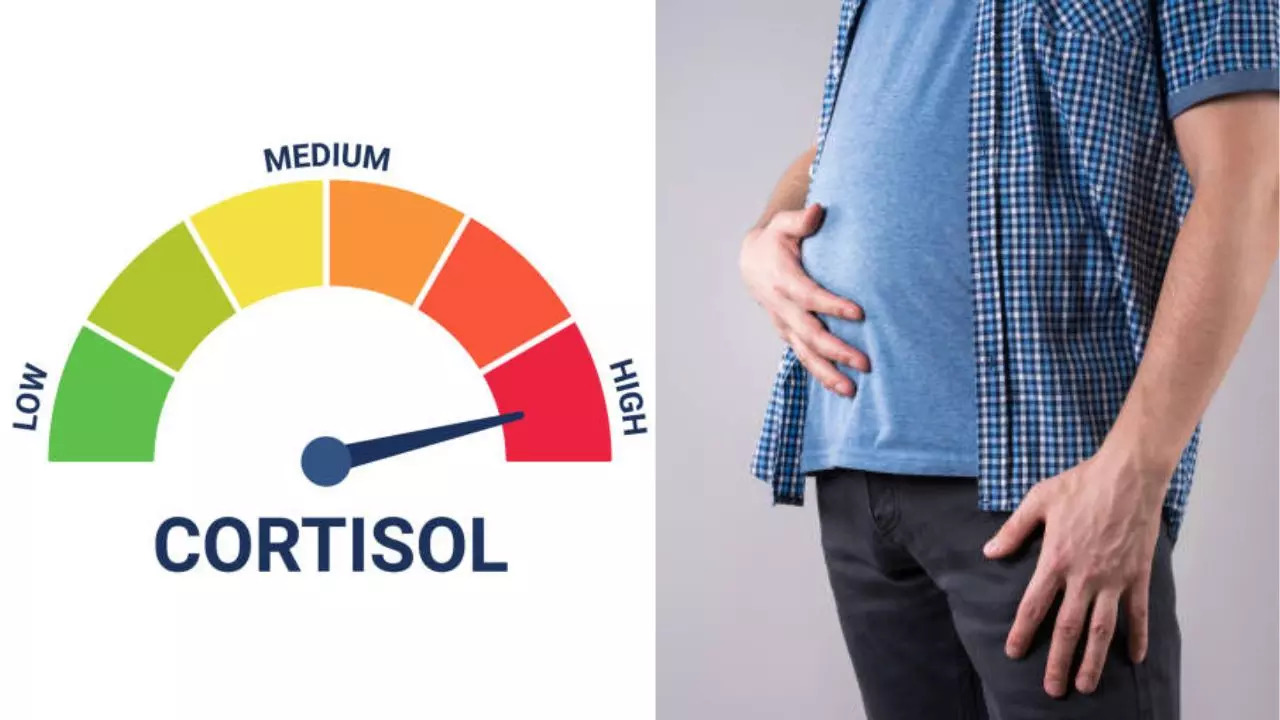he Olympics are all about the unexpected And for marathon swimmers and triathletes, that includes a notoriously unpredictable partner—the venue, which is typically an ocean, a lake or, in the case of the Paris Olympics, the city’s historic river Seine. As iconic as the Seine is, with its picturesque vantage points of city landmarks such as the Eiffel Tower and Musee d’Orsay, it’s also a contaminated body of water. There are enough risks to human health that the city has banned swimming in the Seine for more than 100 years.
But Olympic organizers wanted to change that, even temporarily, by staging the marathon swimming and swimming portion of the triathlon in the river, and poured $1.5 billion into building a huge tank under the Seine to hold stormwater during heavy rains and storms. The water in the tank is then funneled, gradually, into a wastewater facility where it is treated and then the clean water is flowed back into the Seine.
Engineers also upgraded sewage pipes from boats and docks along the Seine to limit the amount of contaminated sewage seeping into the river. But as of the end of July, testing continues to reveal unsafe levels of bacteria—particularly E. coli and enterococcus—in the water.
The levels vary, depending on a number of factors, from the amount of rain to the number of sunny days and the speed of the current in the river. From June 24 to July 2, the river was acceptable for swimming, by European standards, on six out of nine days, according.


















